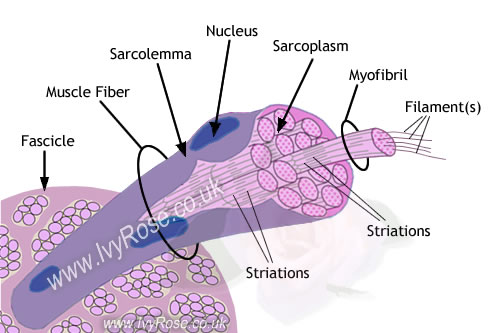



All living organisms are made up of cells and new cells are produced when live cells divide. The cell is the smallest unit of life in an organism.



4.53 Dry cell, electric torch (flashlight) battery, Leclanché cell See diagram 4.53: Investigating a dry cell: A Plastic wrapper, B Zinc case (cathode) (-ve) C Ammonium

4. STAGING AND CLASSIFICATION SYSTEMS . 4.1 Definition of non-muscle-invasive bladder cancer . 4.2 Tumour Node Metastasis Classification (TNM) . 4.3 T1 subclassification . 4.4 Histological grading of non-muscle …
To access the pdfs & translations of individual guidelines, please log in as EAU member.
The cell (from Latin cella, meaning “small room”) is the basic structural, functional, and biological unit of all known living organisms.A cell is the smallest unit of life.
Discovery. In 1920, August Krogh was awarded the Nobel Prize in Physiology or Medicine for his discovering the mechanism of regulation of capillaries in skeletal muscle. Krogh was the first to describe the adaptation of blood perfusion in muscle and other organs according to demands through the opening and closing of arterioles and capillaries.
Answer questions asked by users of Biology Questions and Answers.
A multi-center prospective study and two validation cohorts of matched primary metastasis biopsies from 100 patients with clear-cell renal cell carcinoma provides a comprehensive picture of the genetic underpinnings and the evolutionary patterns of …
A Level. Biology A (Salters-Nuffield) SPECIMEN PAPERS Pearson Edexcel Level 3 Advanced GCE in Biology A (Salters-Nuffield) (9BN0) Pearson Edexcel Level 3
A generally accepted view posits that insulin resistant condition in type 2 diabetes is caused by defects at one or several levels of the insulin-signaling cascade in skeletal muscles, adipose tissue and liver, that quantitatively constitute the bulk of the insulin-responsive tissues.

